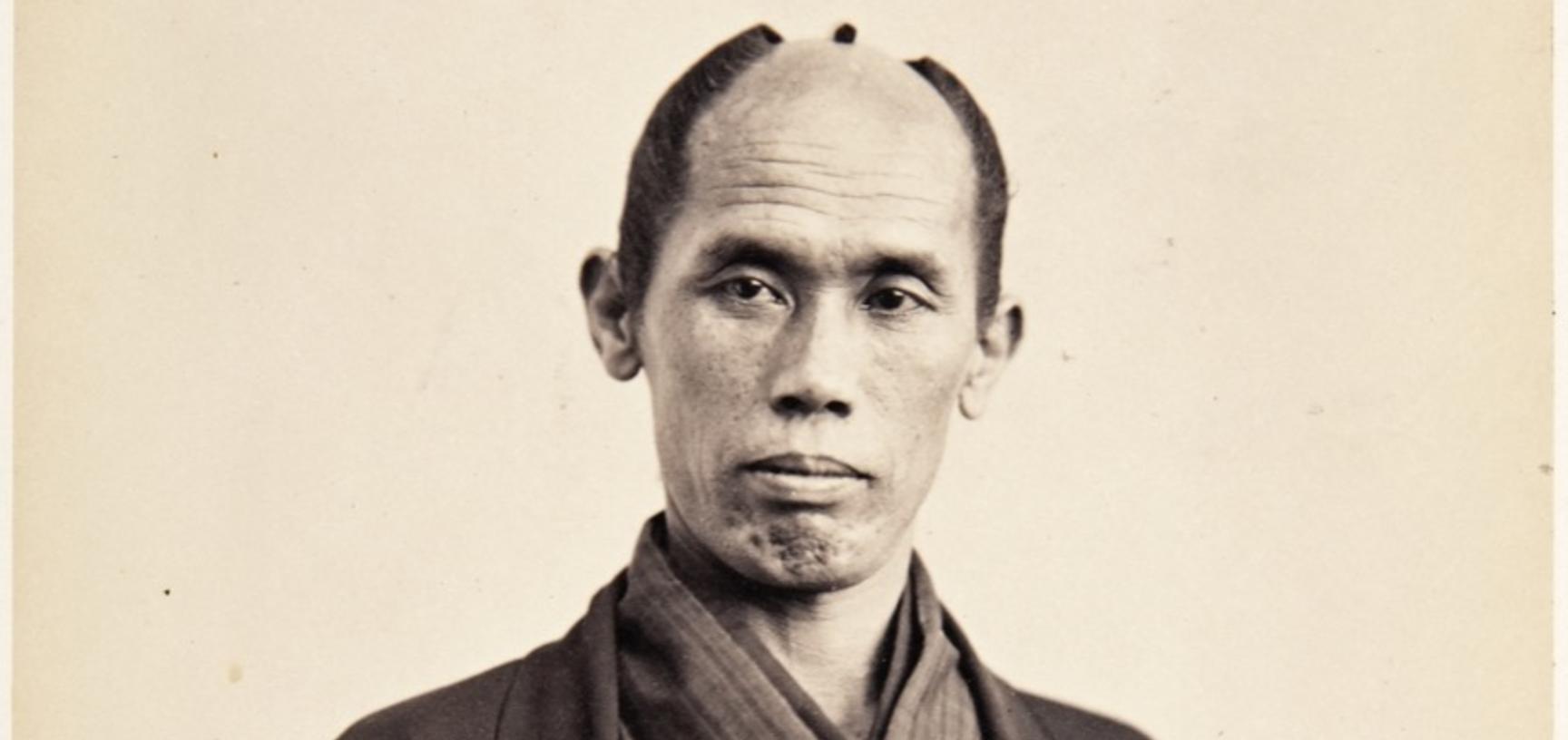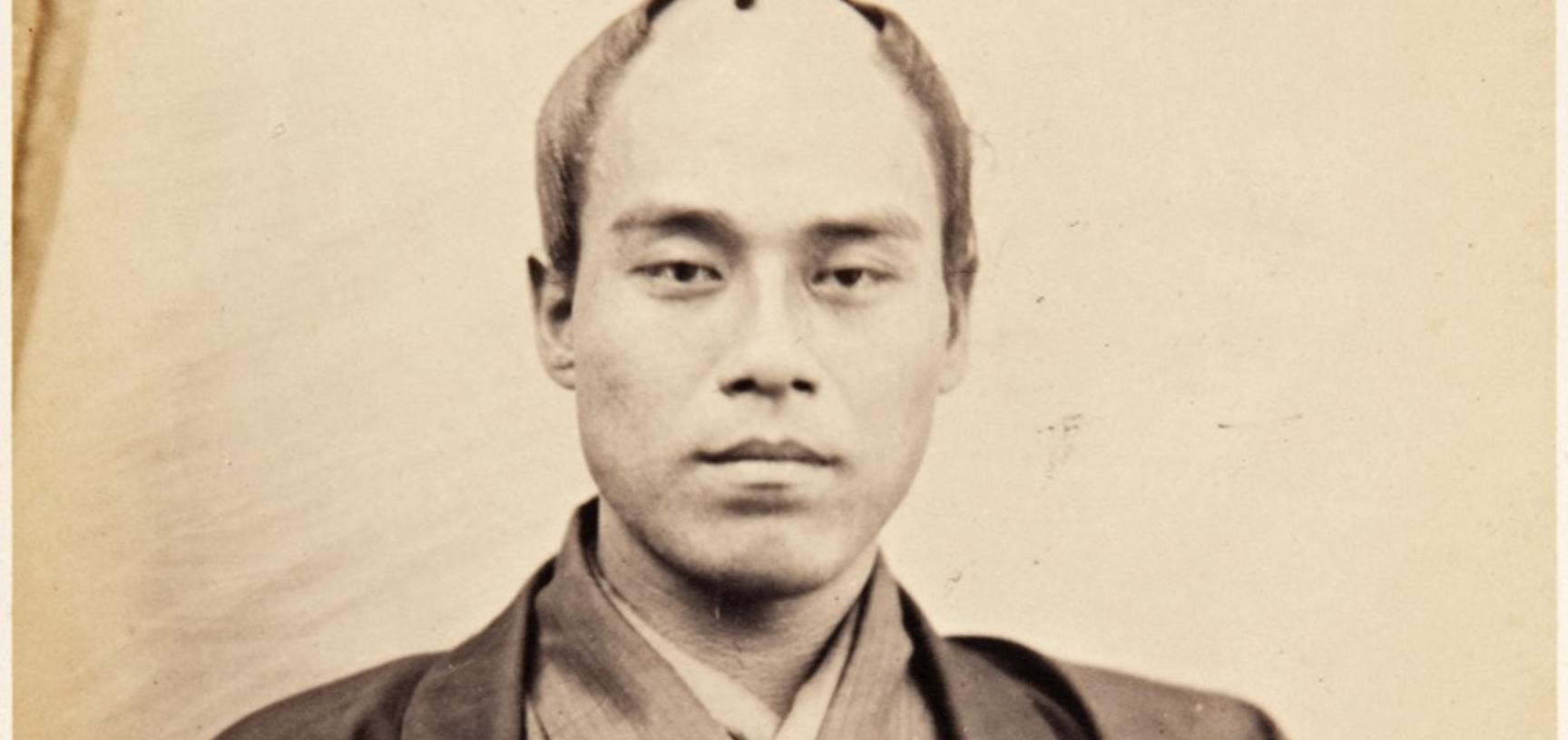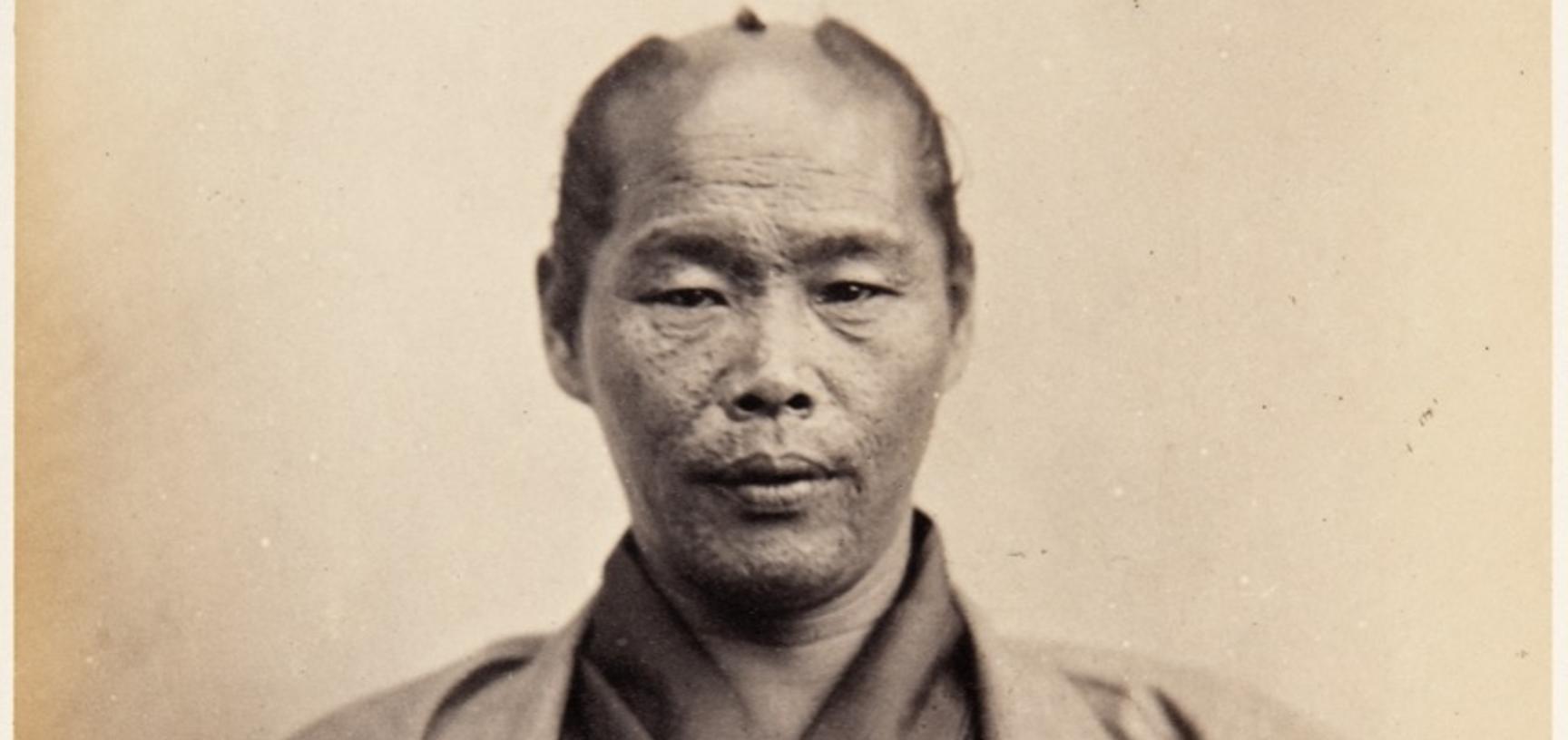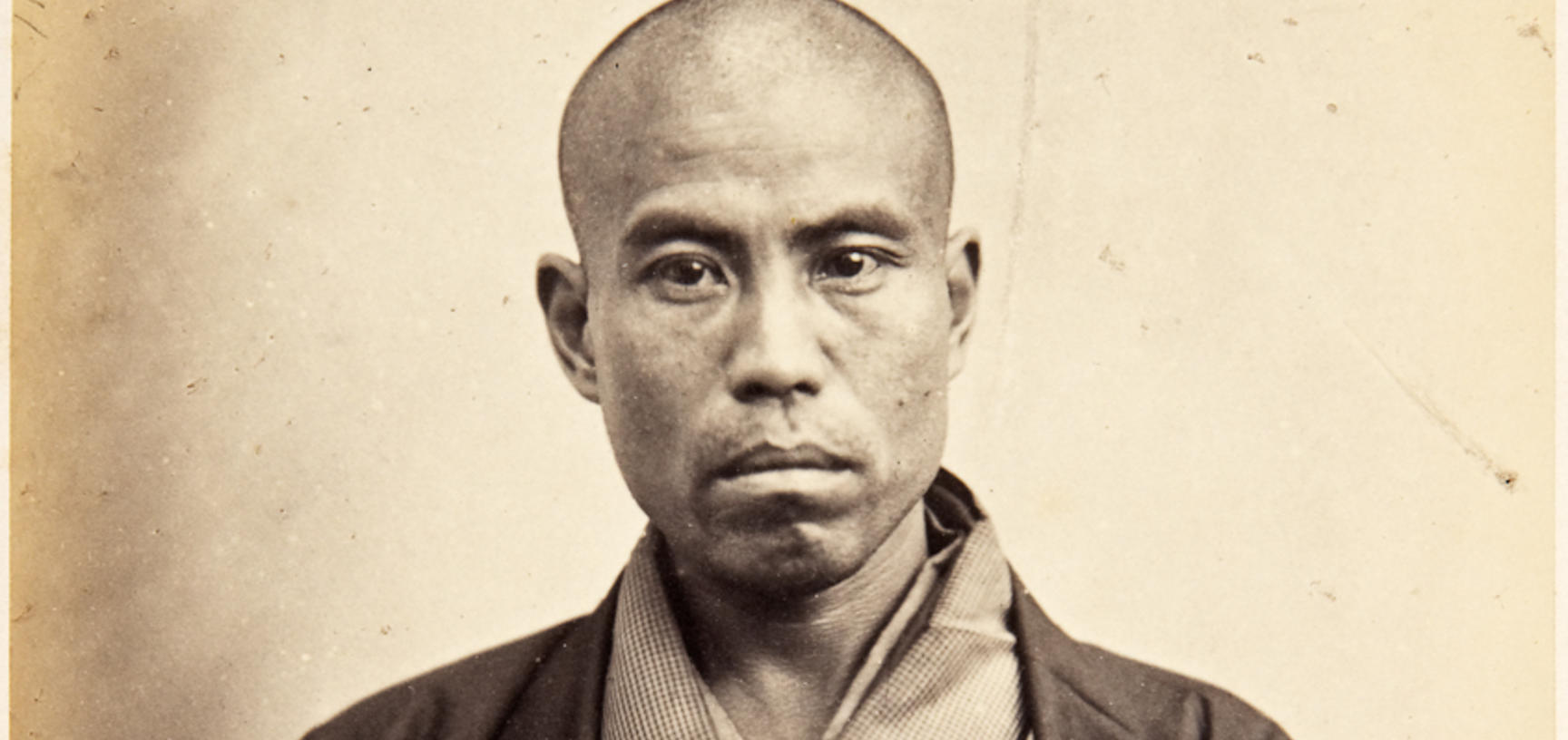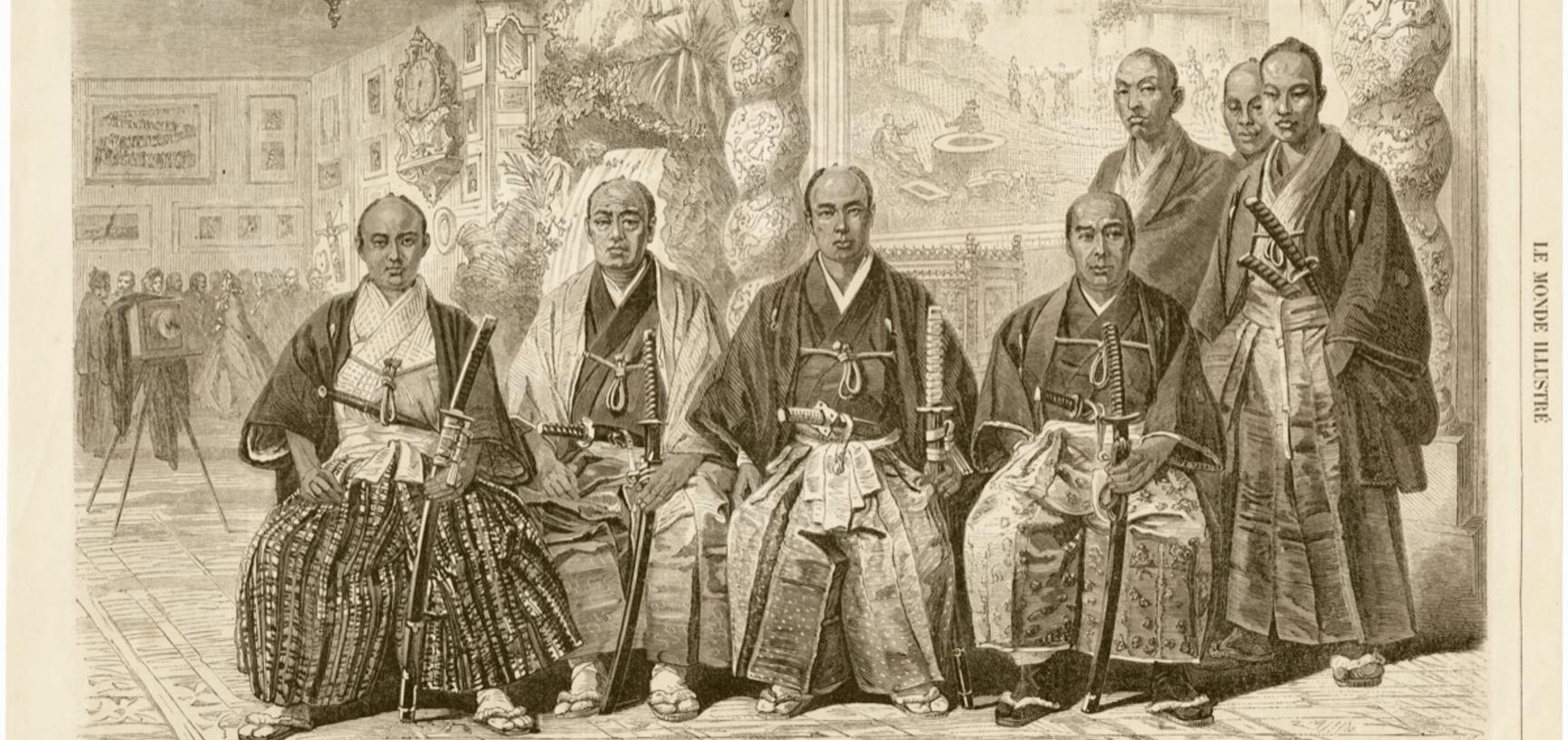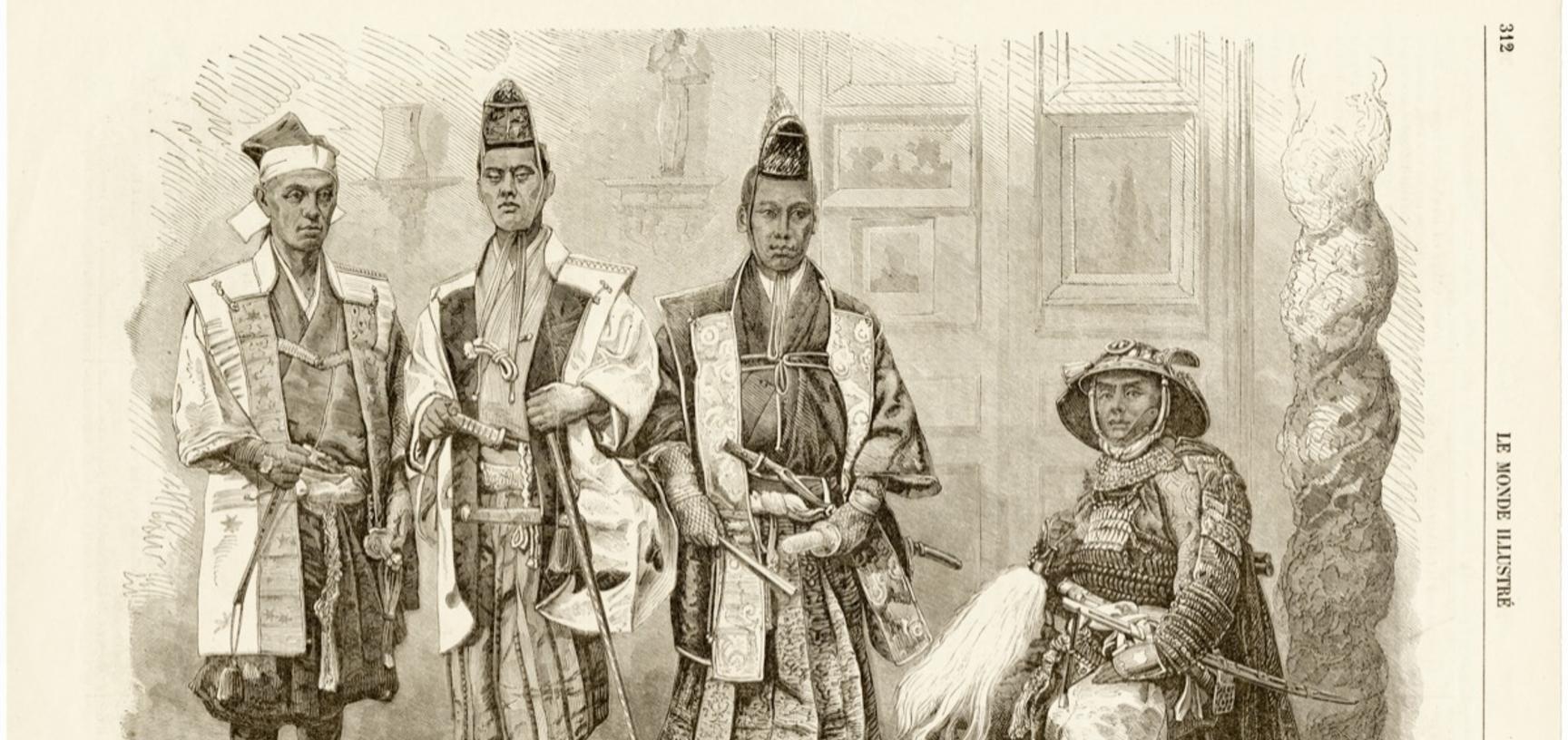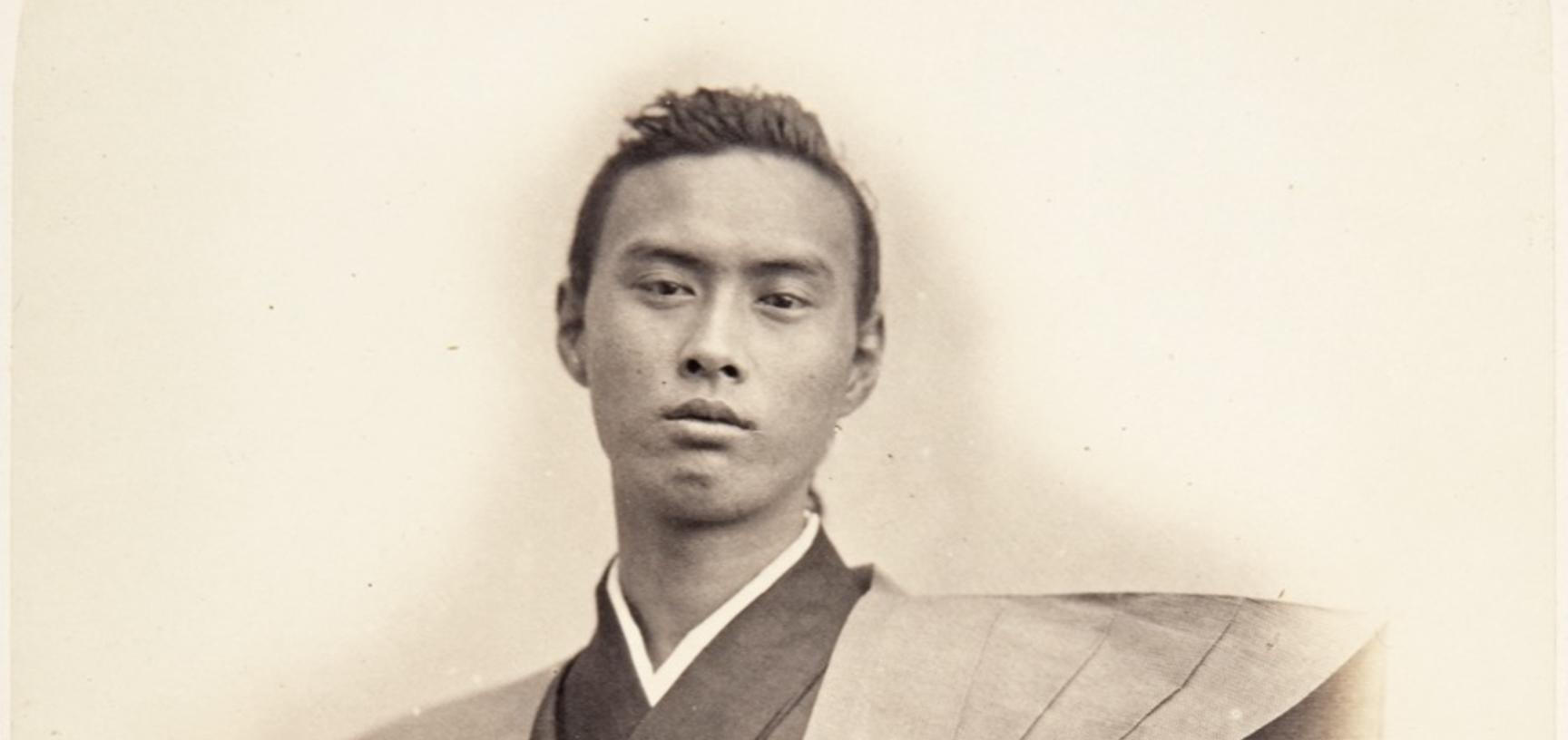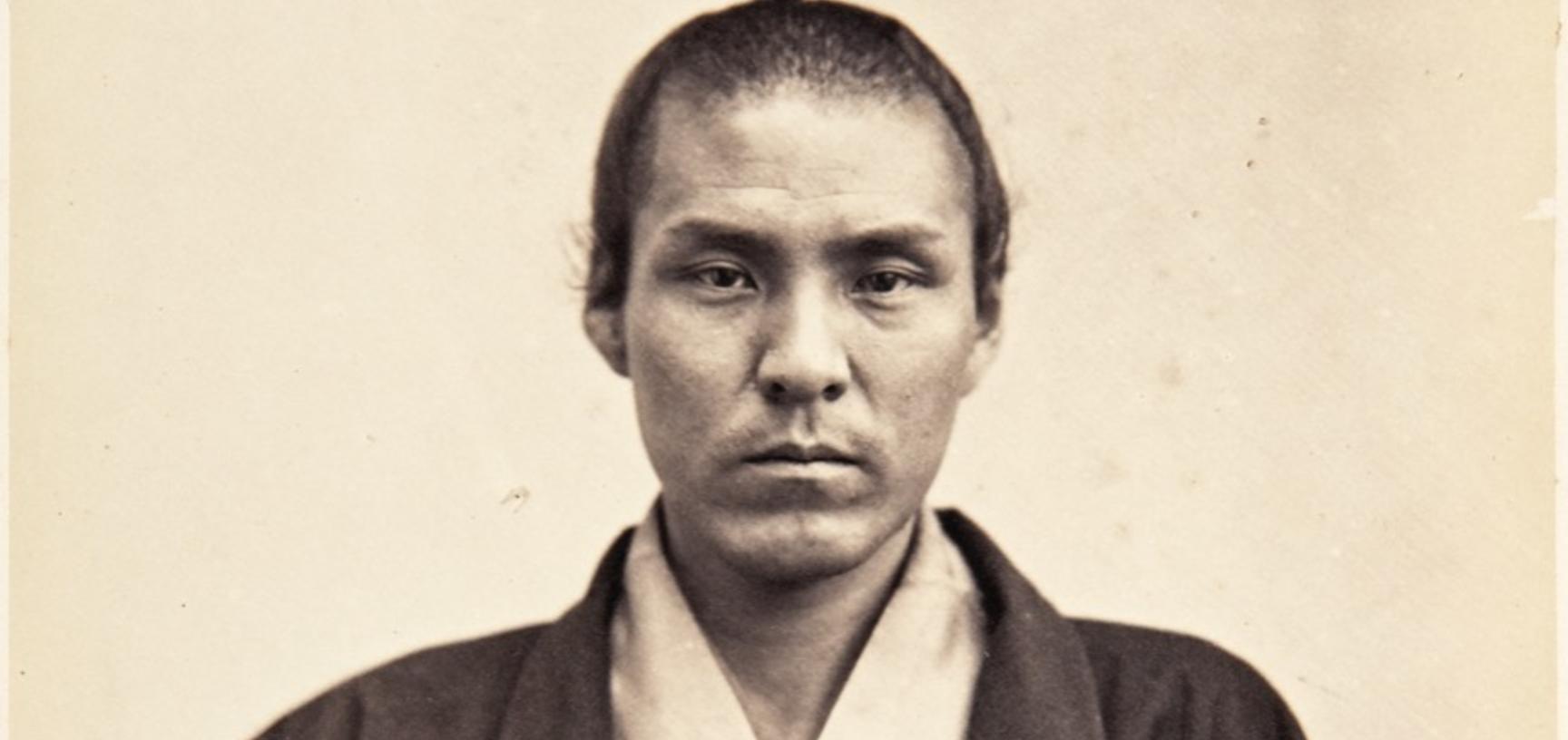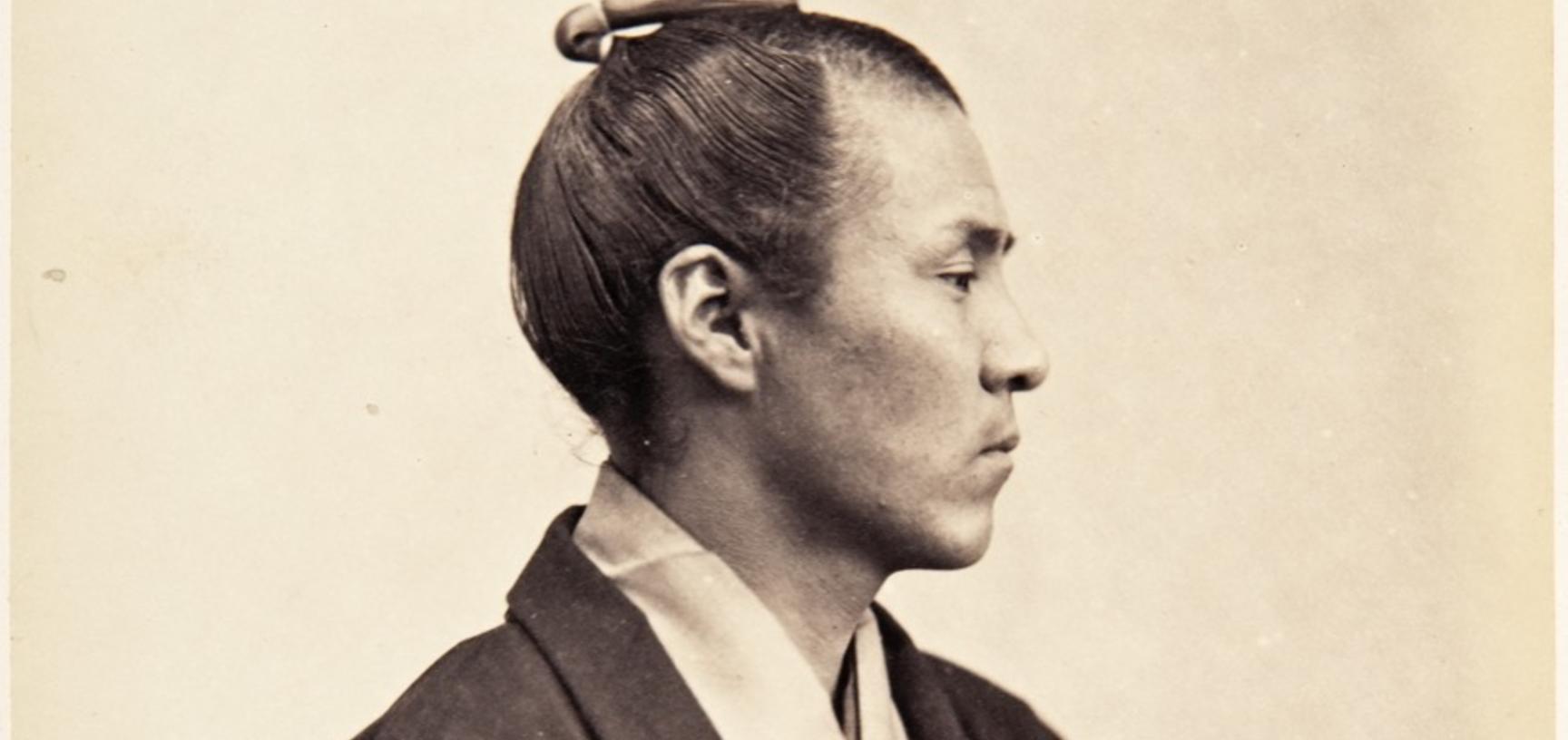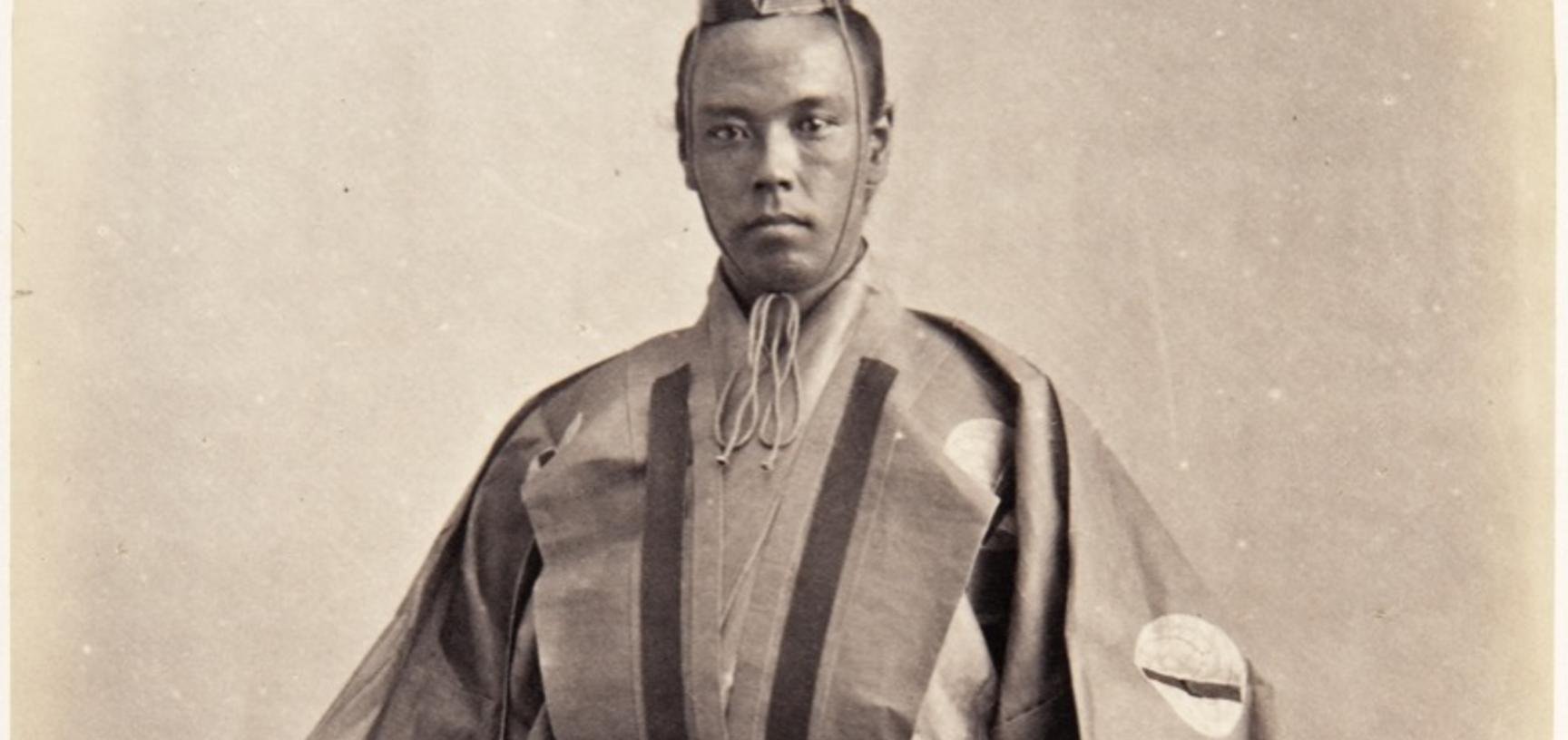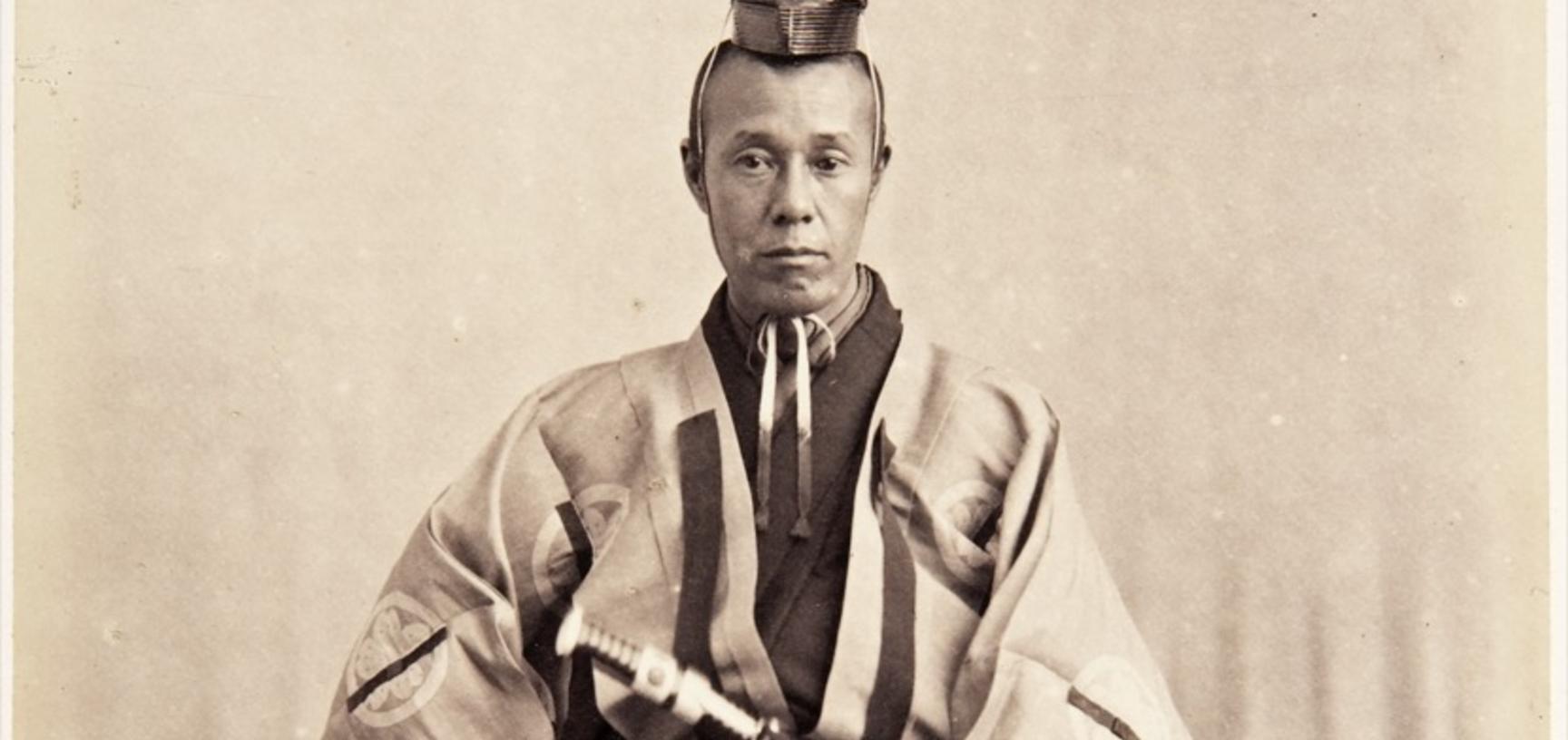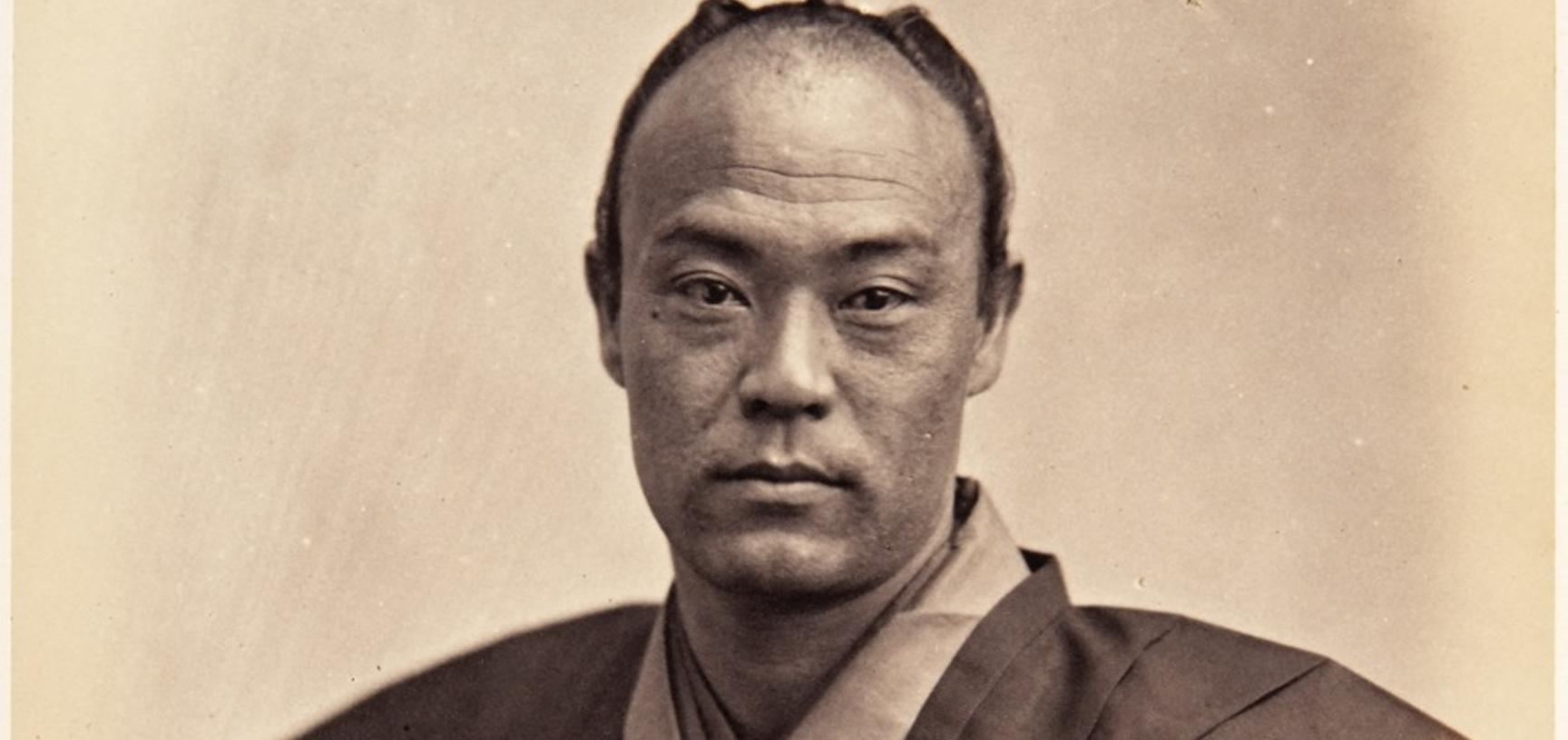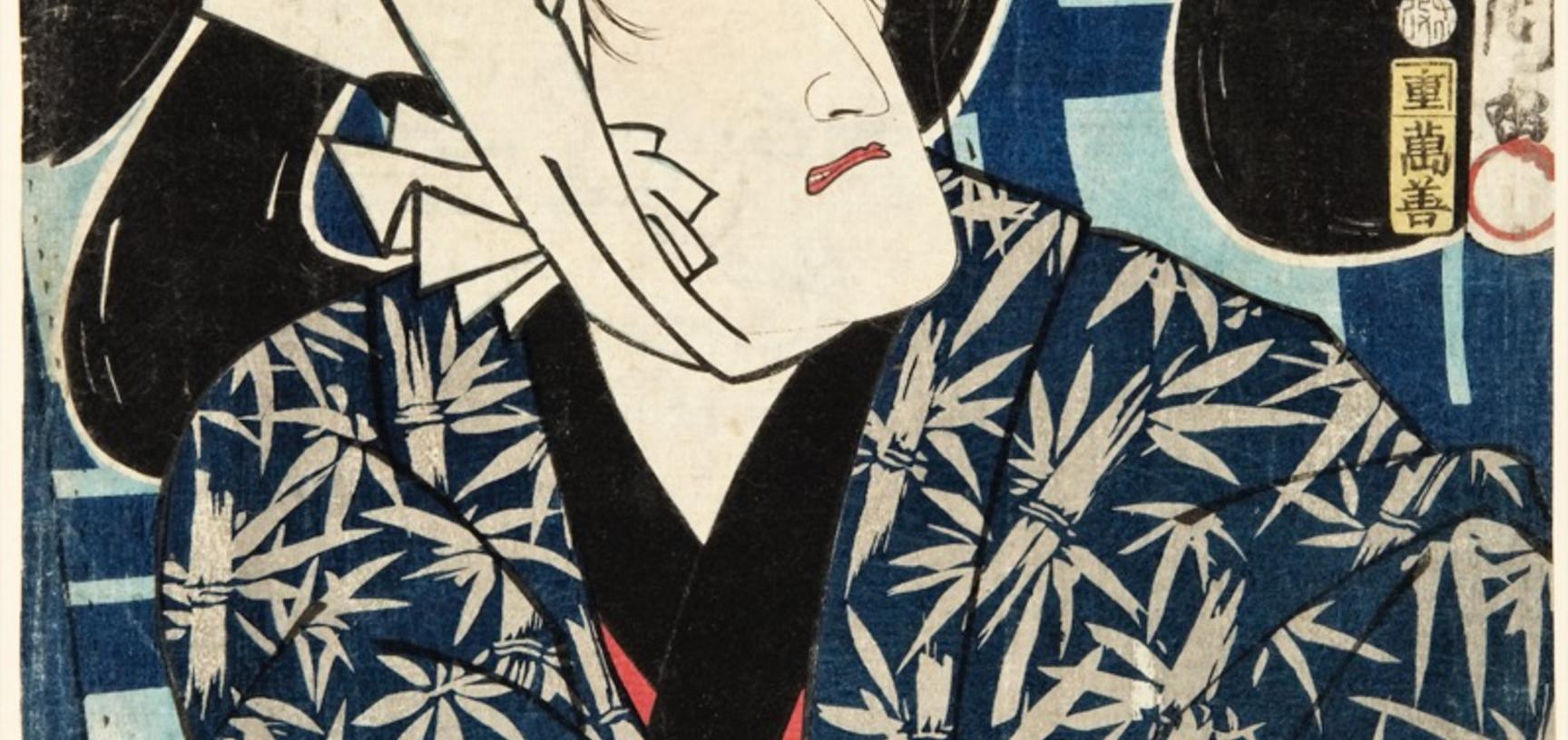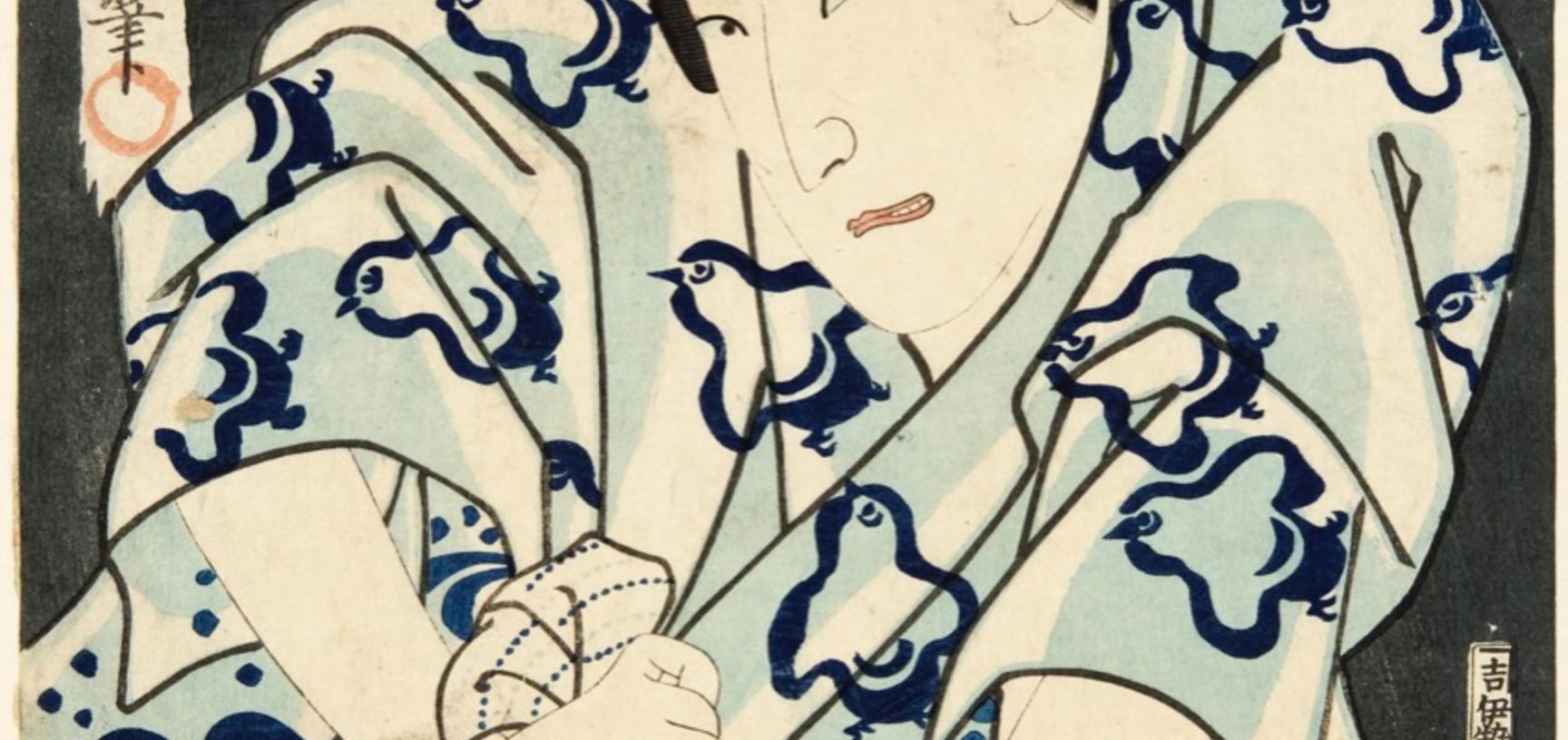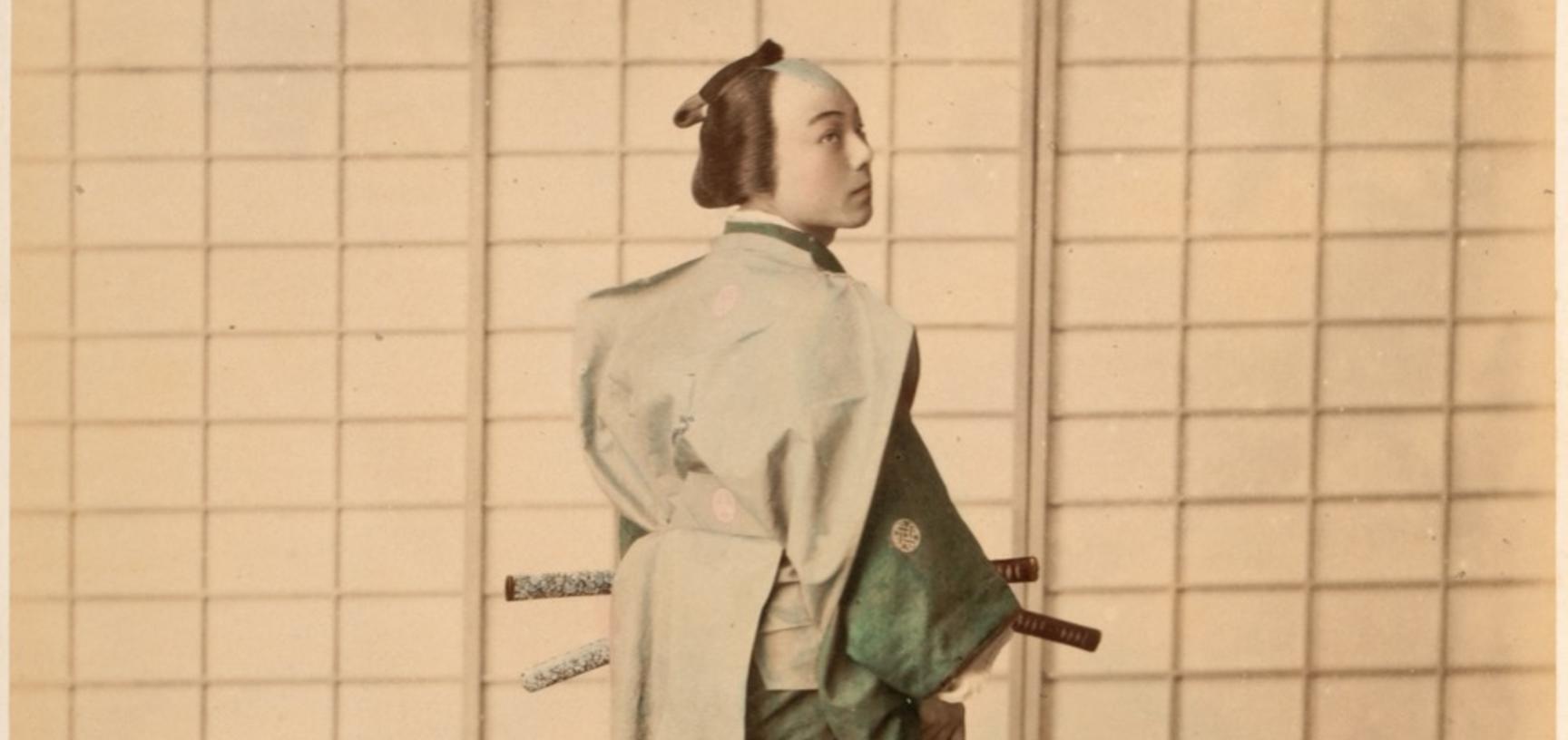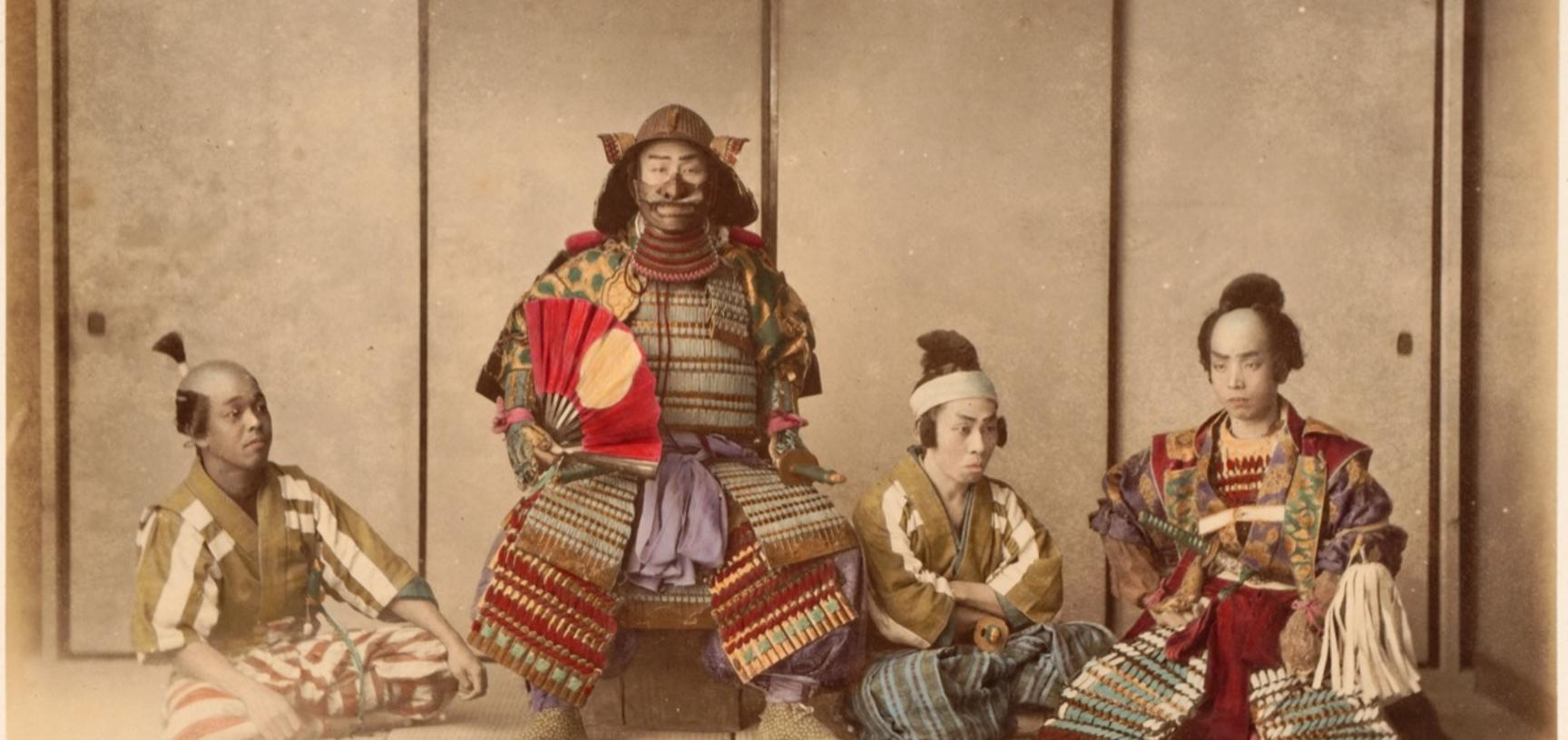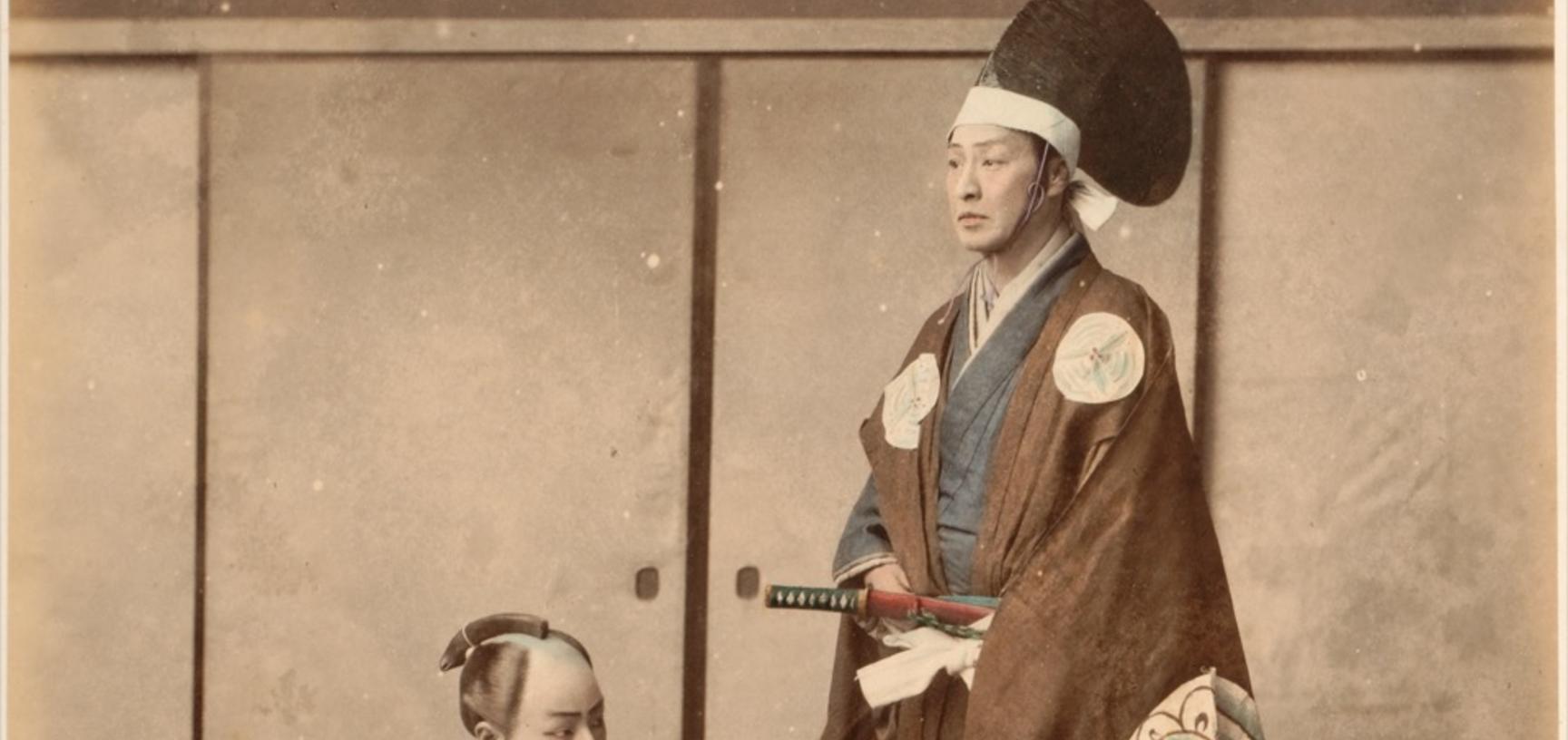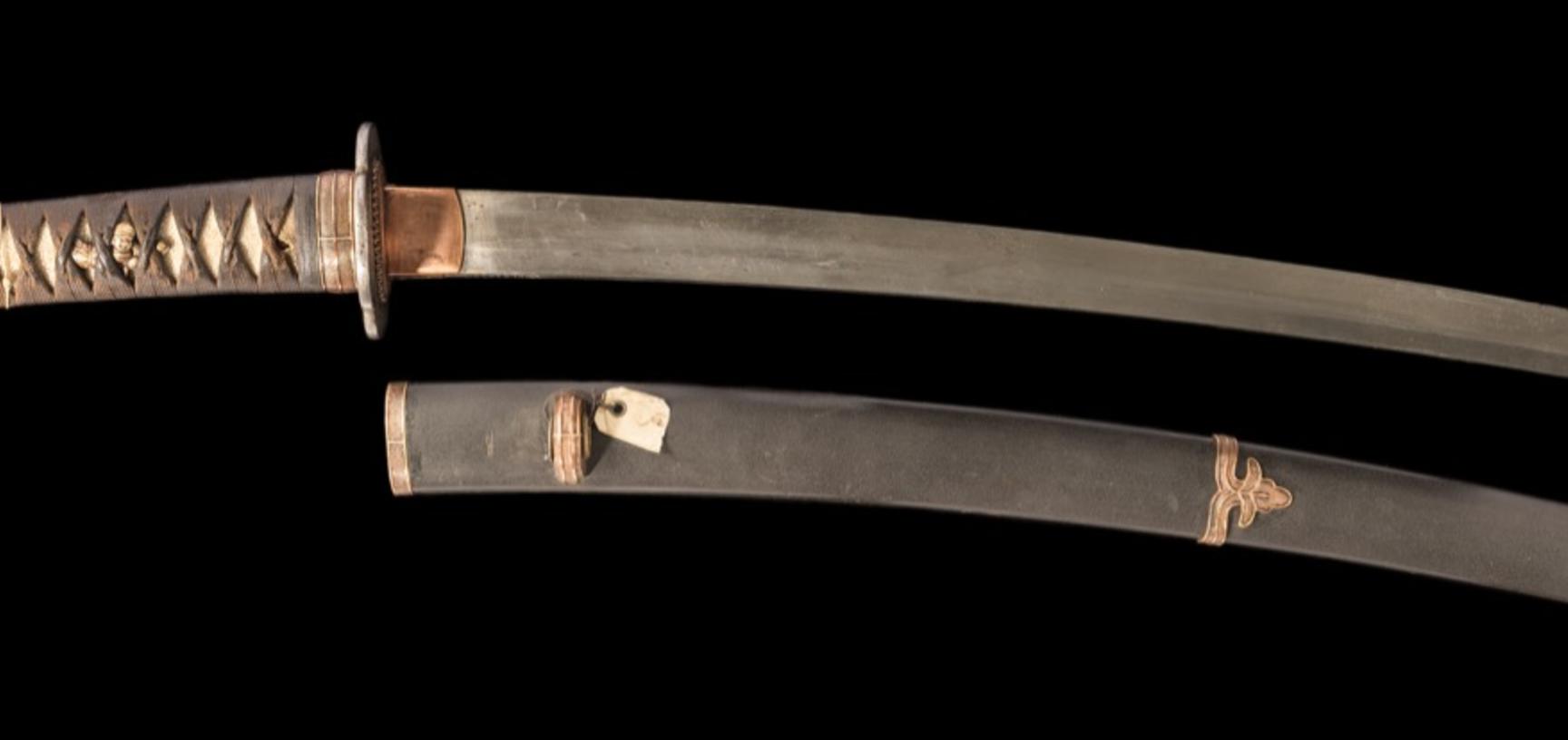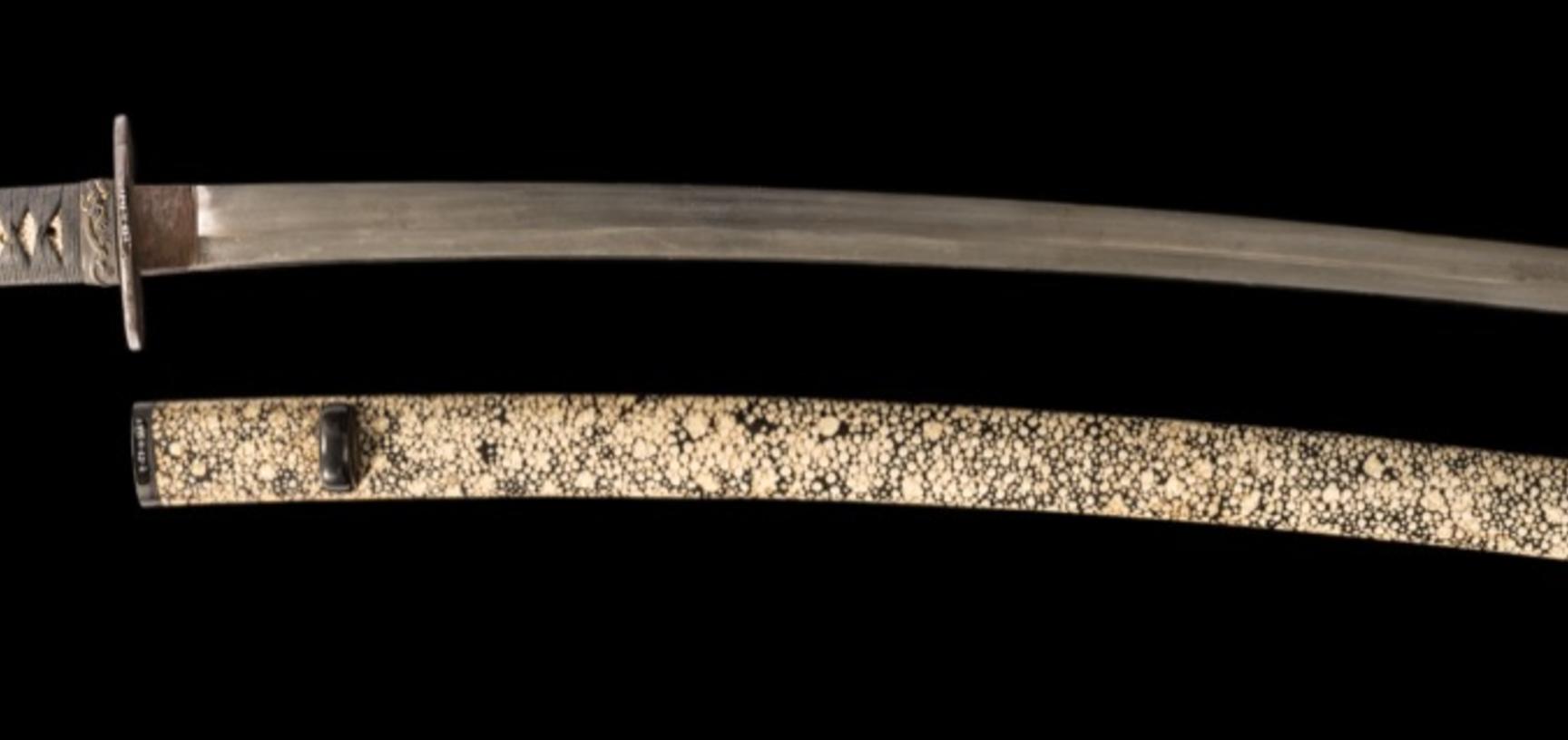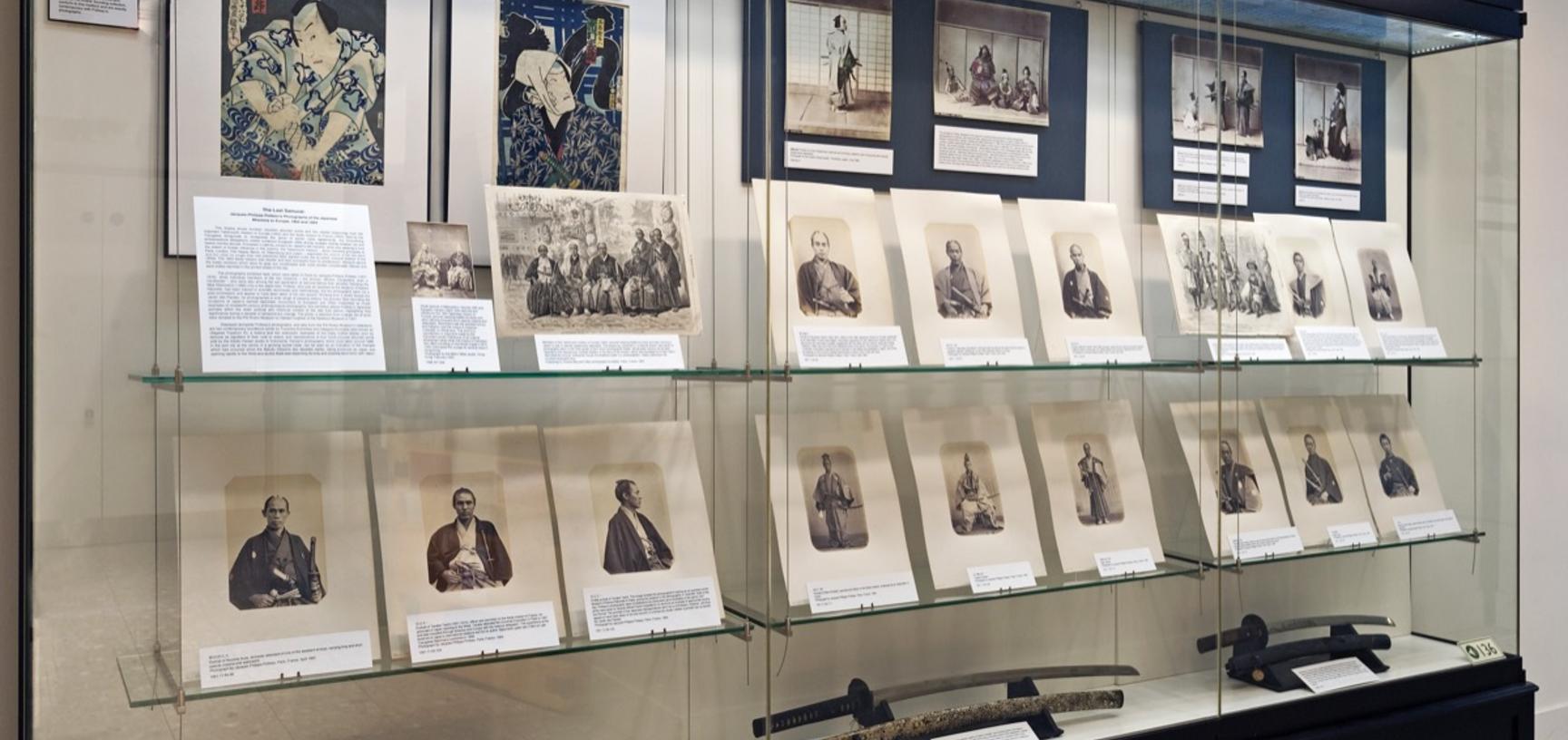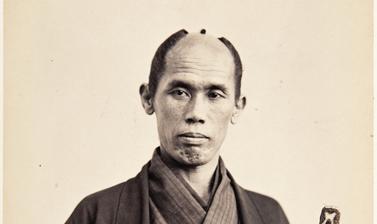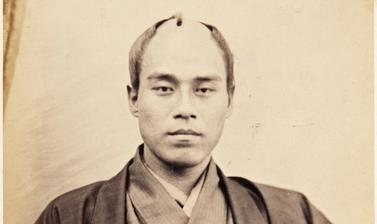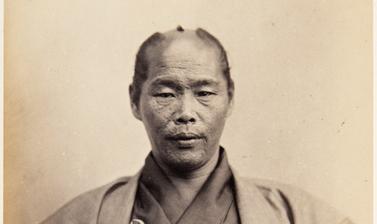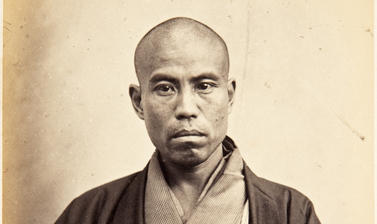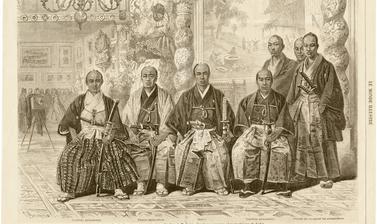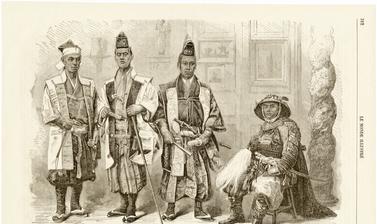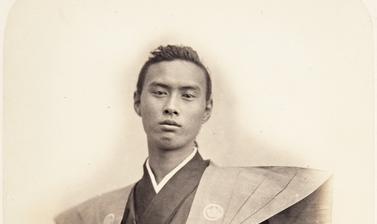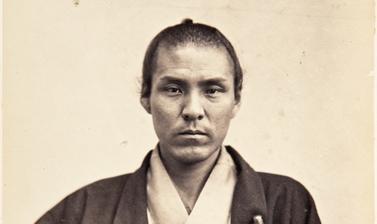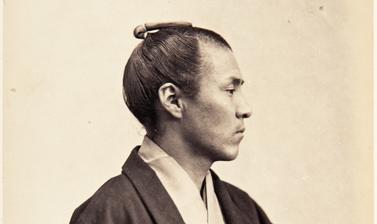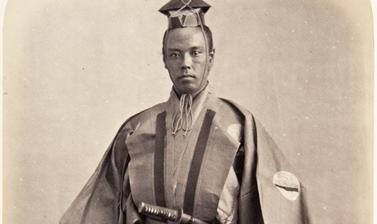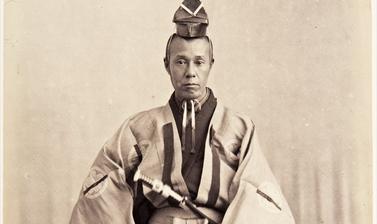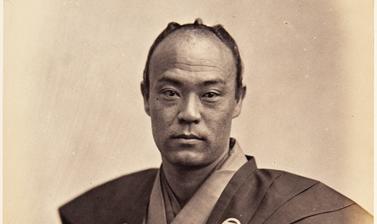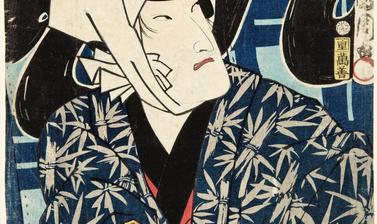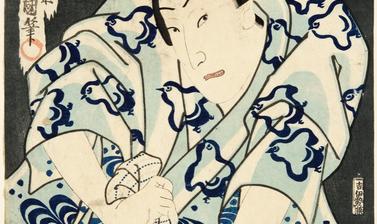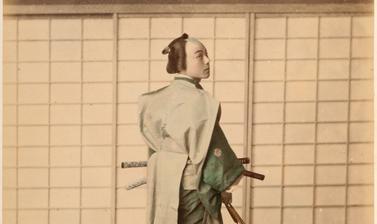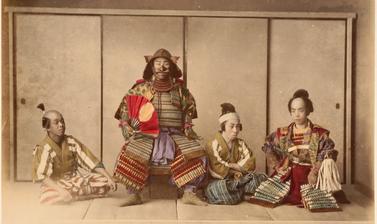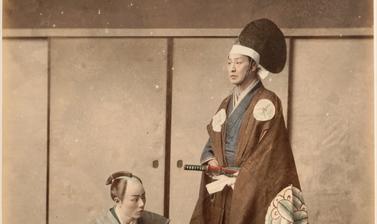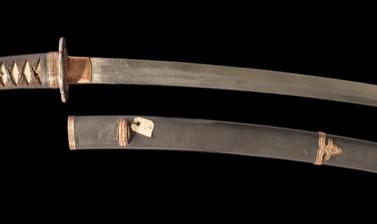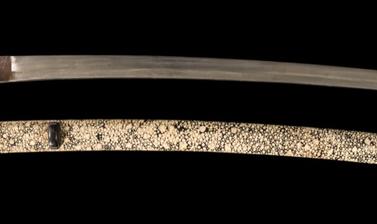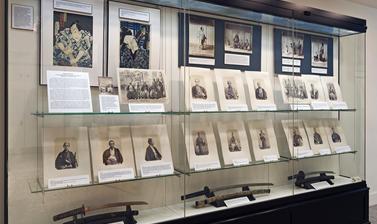The Last Samurai: Jacques-Philippe Potteau’s Photographs of the Japanese Missions to Europe, 1862 and 1864
This case display presents fourteen mounted albumen prints and two related engravings from the important Takenouchi mission to Europe (1862) and the Ikeda mission to France (1864). Sent by the Tokugawa Shogunate to renegotiate the terms of earlier trade agreements, the thirty-strong ambassadorial delegations visited numerous European cities during voyages lasting between six and twelve months abroad. Prompted in part by concern for Japan’s silk industry, while also seeking to limit the extent of foreign influence in the country, the Takenouchi mission – which travelled principally to Paris, London, The Hague, Berlin, St Petersburg and Lisbon – negotiated the closure of the ‘two ports and two cities’ (Hyōgo and Niigata, Edo and Osaka) for longer than had previously been agreed under the so-called ‘unequal treaties’ of the 1850s. The 1864 Ikeda mission was shorter and less successful than its predecessor, failing to secure the desired treaty revisions which were its goal, but nonetheless both visits excited considerable interest and were widely reported in the printed press of the day.
The photographs exhibited here, which were taken in Paris by Jacques-Philippe Potteau (1807–1876), show individual members of the two missions – the envoys, officers, interpreters, even a hairdresser – who were also among the last generation of samurai before their abolition following the Meiji Restoration (1868) only a few years later. Potteau, who was an assistant at the Muséum d’Histoire Naturelle, had been trained in scientific techniques and methodology, but his photographs were not a paid commission and appear to have been taken of his own accord. Working from a studio beside the Jardin des Plantes, he photographed a wide range of passing visitors, his pictures here recording the occasions of Japan’s earliest diplomatic encounters on European soil. Typically interpreted as model examples of nineteenth-century anthropological photography, this exhibition for the first time places Potteau’s Japanese portraits within the wider political and historical context of the late Edo period, highlighting their significance during a decade of extraordinary change. The prints, a selection from a larger set of work, were donated to the Pitt Rivers Museum by Herbert Coghlan of the Newbury Museum in 1951.
Displayed alongside Potteau’s photographs, and also from the Pitt Rivers Museum’s collections, are two contemporary woodblock prints by Toyohara Kunichika and Utagawa Kunisada (also known as Utagawa Toyokuni III); a katana and two wakizashi, examples of the finely crafted blades worn by samurai as signifiers of their rank or status; and reproductions of four hand-coloured albumen prints sold by the Adolfo Farsari studio in Yokohama. Farsari’s photographs, which were taken around 1886, in the port city at the centre of a growing tourist trade, can be seen as an indication of the changes which had occurred since the Bakufu missions two decades earlier, being produced as Japan was opening rapidly to the West and as the West was beginning its long and ongoing fascination with Japan.
Acknowledgements and Credits
- Exhibition researched and curated by Philip Grover
- Case design and installation by Jon Eccles
You can order a selection of reproduction prints from the Pitt Rivers Museum’s Jacques-Philippe Potteau collection online here (Pitt Rivers Museum Prints/King & McGaw).


